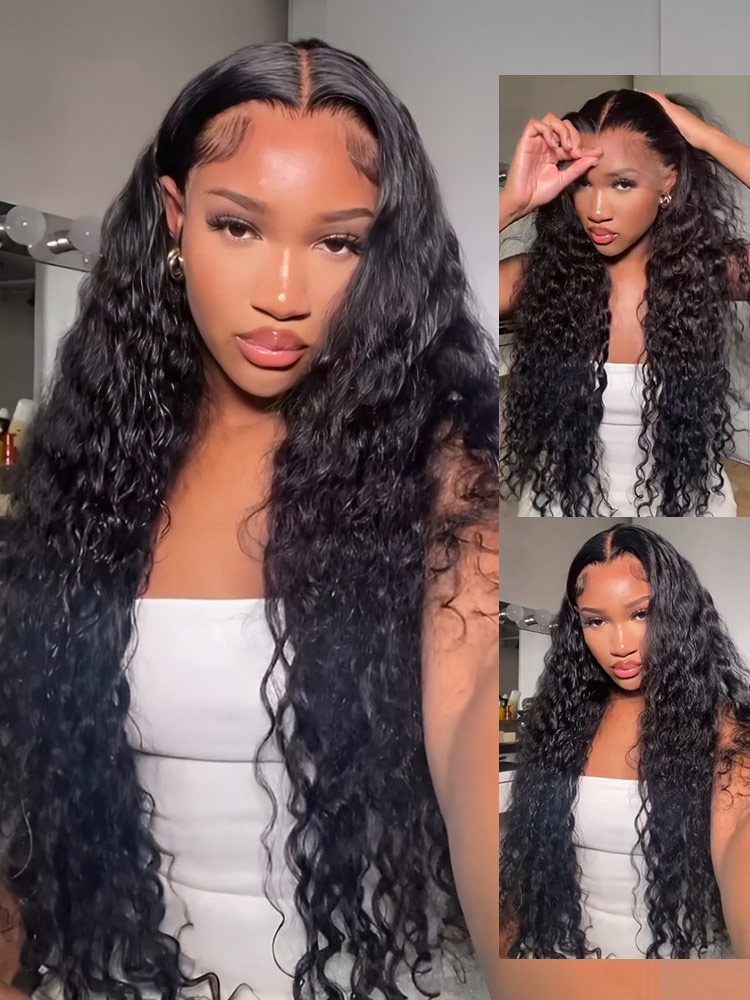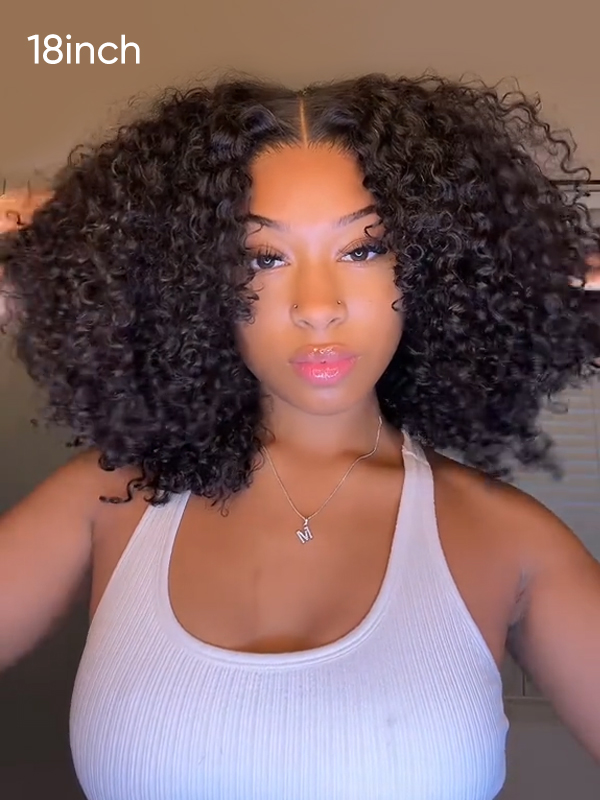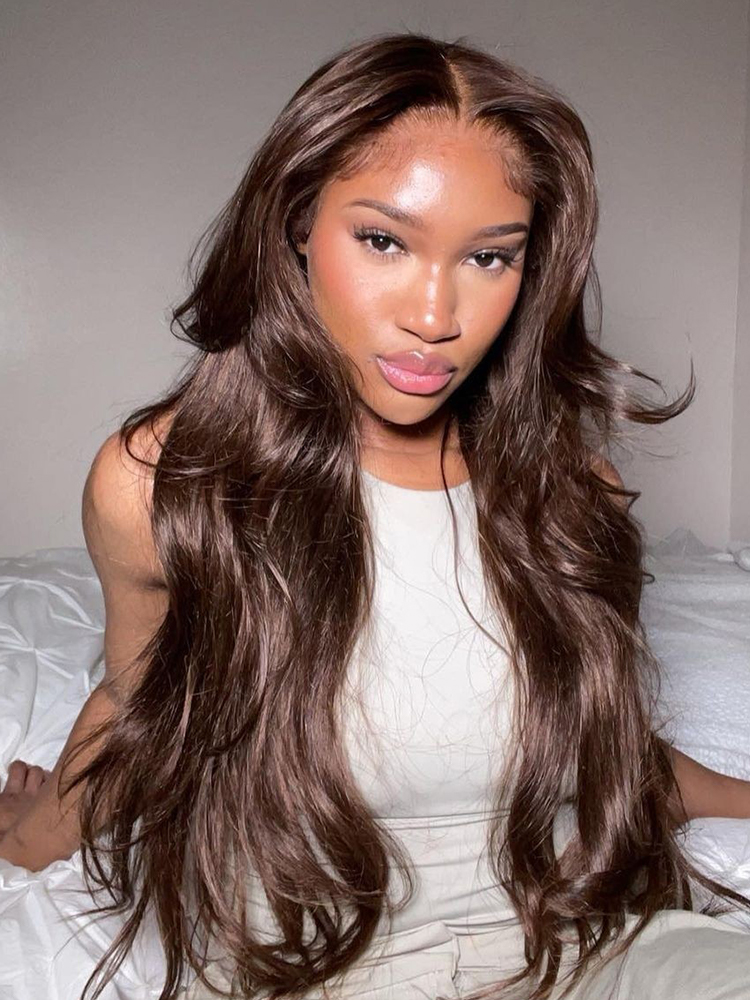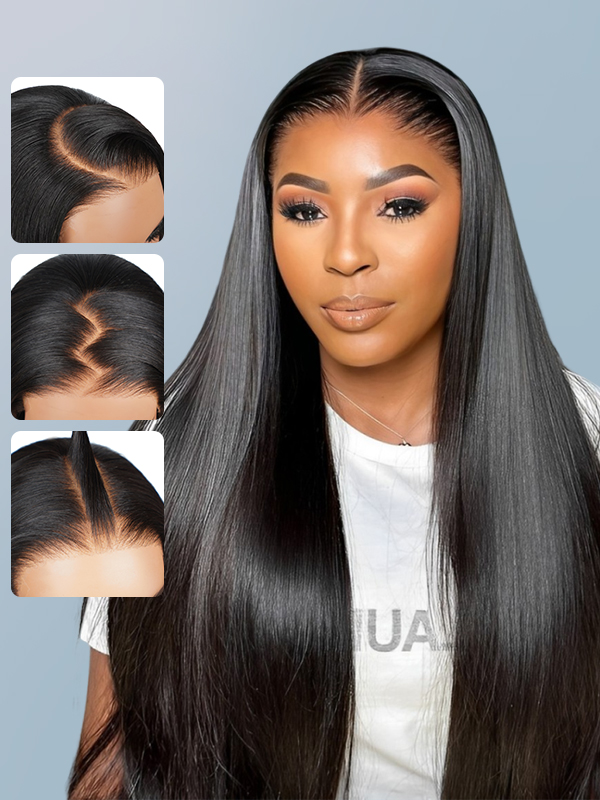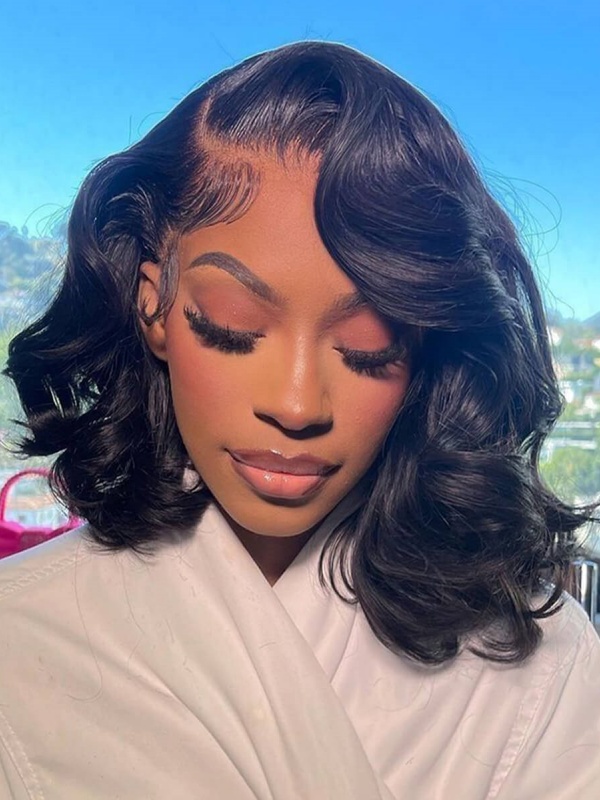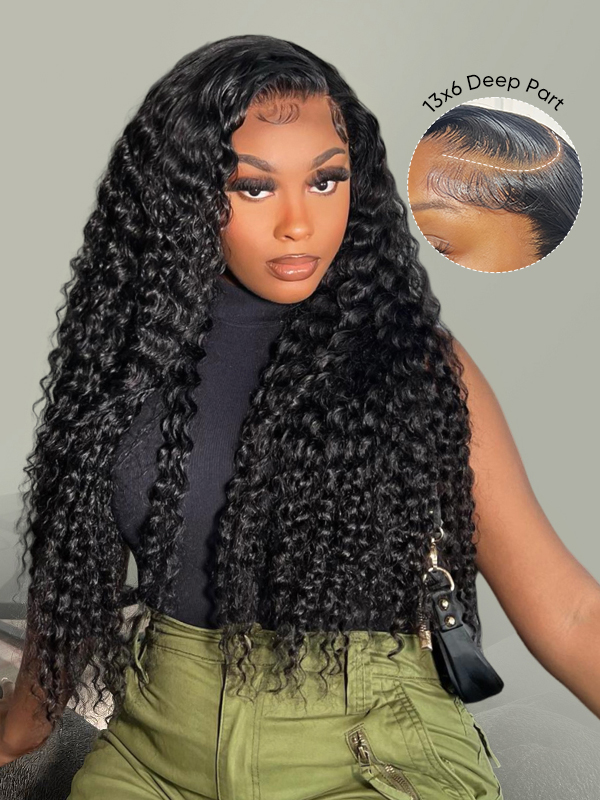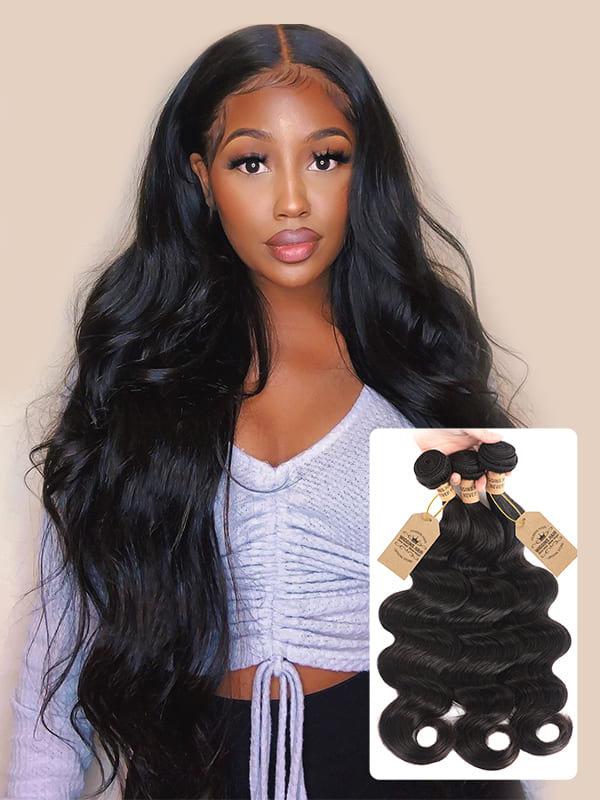Wig cap and wig grip: This article will help you find out the contrast between a wig cap and wig grip for a safe, snug, and natural-looking wig.
If you're venturing into wigs, whether for style, health, or just convenience when it comes to daily hair upkeep, the absolute must-have accessories can make or break your experience. The two most common, yet often misunderstood, essentials are the wig cap and wig grip—both are meant to secure your wig and ensure that it both fits and feels right, and looks right as well. They're worn under the wig, and they manage hair so that the wig can do its job and sit properly without slipping or causing irritation.
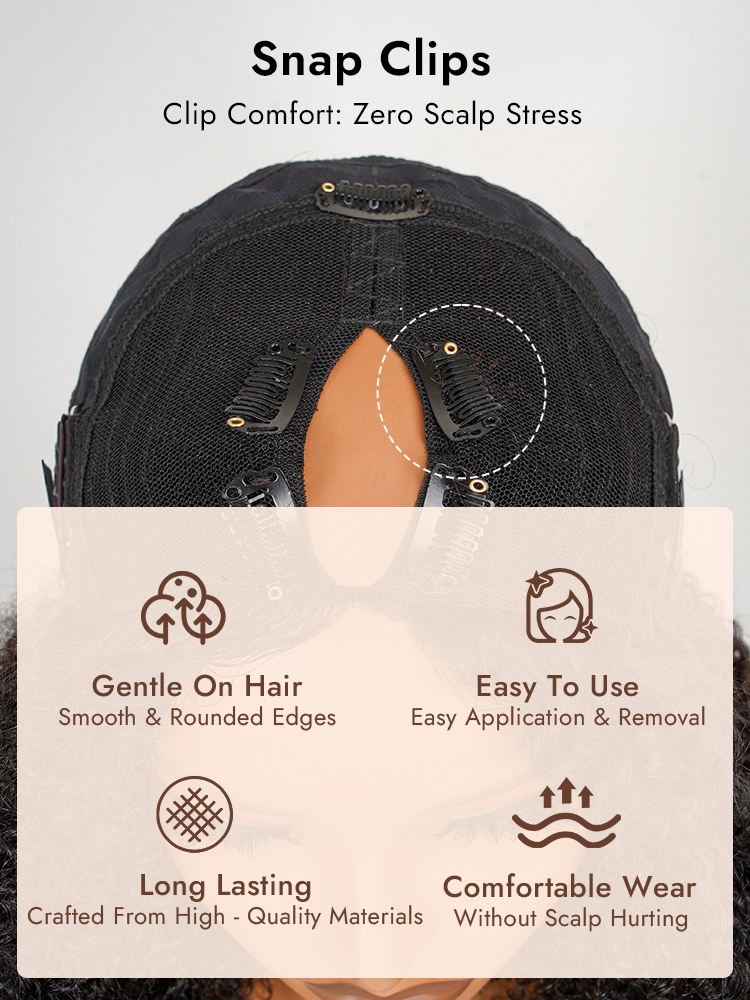
Providing Form and Fit: the Function of a Wig Cap
Wig caps are most often made from nylon, mesh, or bamboo cotton, and they serve as a barrier between your natural hair and the wig, smoothing down your hair to create an even enough base that makes the wig fit better and look more realistic.
They are useful for individuals with long or thick hair, as the wig cap flattens and contains any strands of hair that might otherwise get all bunched up under the wig, which would make the wig fit unevenly and be uncomfortable to wear.
It's also a sweat absorber, preventing the friction between wig and scalp that could make you never want to put a wig on your head again. If you live in a hot climate, are very active, or for some other reason spend a lot of time in the outdoors, a wig cap makes it way more.
Why Wig Grips Are Game-Changers for Daily Use
While wig caps establish the foundation for wearing a wig, wig grips bring an entirely different layer of security and comfort. A wig grip is a soft, adjustable band—often made from velvet or velour—that hugs your hairline and keeps the wig from slipping backward or shifting during wear. This is especially useful for people who prefer glueless wigs or who find adhesives irritating or impossible to use.
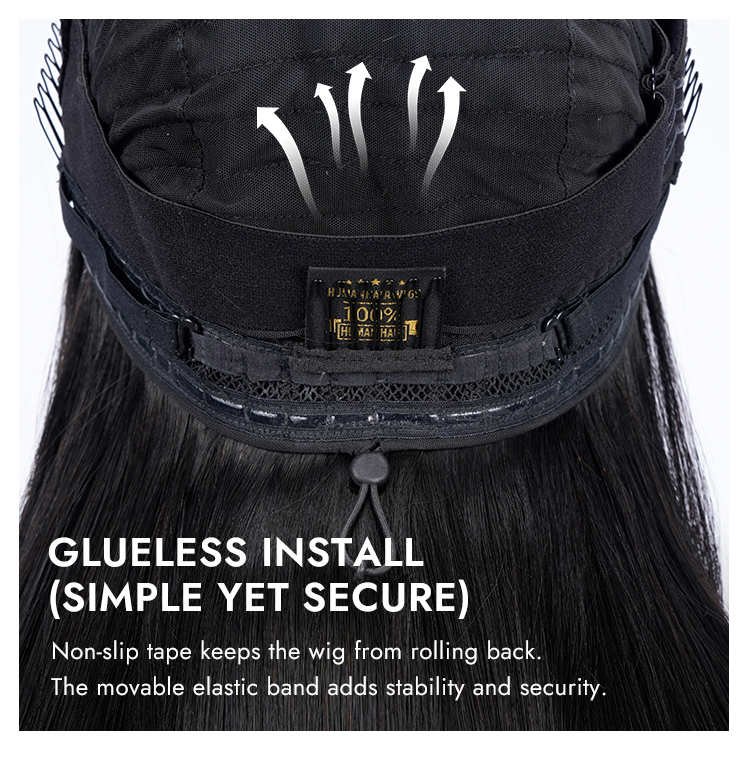
The wig cap and wig grip combo can be a potent one-two punch for maximum support, where the cap manages the hair and the grip handles the wig. Wig grips also cut down on the tension your natural hairline experiences, so they're an excellent alternative for preventing traction alopecia.
Differences and When to Use Wig Cap vs. Wig Grip
Though both products serve similar overall goals, their specific functions differ enough to make choosing between them—or using both—dependent on your individual needs.
For example, those with full heads of hair may prioritize wig caps to manage volume, while those with bald scalps may find that a wig grip alone provides adequate security. In high humidity, a breathable wig cap and wig grip pairing can prevent slippage due to moisture while keeping the wig comfortably in place.
It's also worth noting that some wigs come with built-in combs or straps, but the grip still provides extra peace of mind, especially during physical activity.
Maintaining your wig accessories
Caring for and maintaining your wig accessories can extend their lifespan and ensure they provide the security and comfort you expect. Wig caps need regular washing—especially after extended wear—to get rid of all the sweat, oil, and product buildup that can lead to scalp irritation and affect wig freshness. Wig grips really benefit from handwashing and air-drying to maintain their grip strength and elasticity.
Since these items are always in close contact with both your skin and the wig, keeping them clean contributes directly to both hygiene and the durability and fit of your wig. You really can’t skimp on this and expect everything to work just fine. These almost intimate-contact accessories need to be the cleanest of all your wig-wearing items. As long as you don't buy low-quality versions of either, the wig cap or wig grip should serve you just fine. They're better because a lot is riding on their performance.
The Right Combination for Your Lifestyle
The decision to use a wig cap, a wig grip, or both is primarily based on factors related to personal comfort, with the determining features of comfort being the type of activity one is engaged in and the surrounding environment.
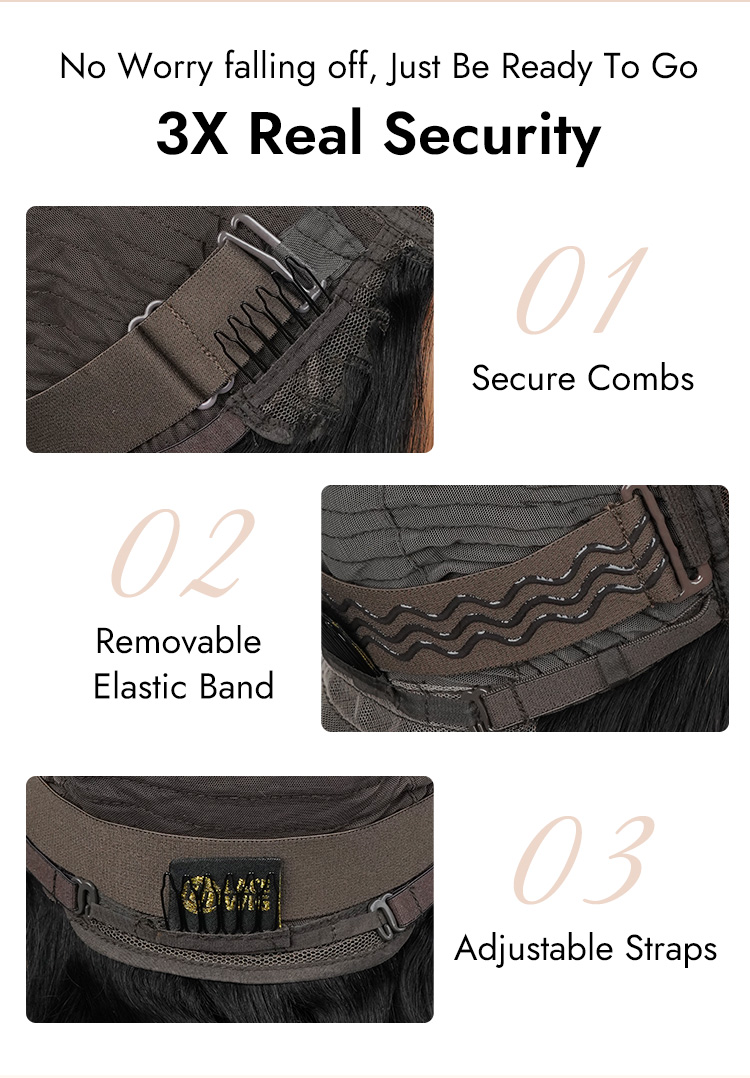
For those leading an active, "wigless" lifestyle—such as working out, hiking, or engaging in other sports activities—not only are nutty wigs inappropriate for the situations described, but so are the kinds of wig caps and grips that many individuals use while wearing wigs.
Conversely, if you happen to be living in warm, humid conditions (think Florida in July), you want to make sure that you've got a wig grip that will keep your unit from sliding and also serves the purpose of keeping your nude scalp under wraps.
For the conditions just described, both types of wig accessories are necessary. On the other hand, if you need a wig unit for periods of low activity and a limited number of hours, then you might not need either a wig cap and wig grip, since the lace front doesn't lace back, if you haven't already noticed.
Recommendation
For WIGGINSHAIR, enhancing the wig cap and wig grip experience is about more than just the look; it’s also about how you feel when wearing one. We provide much-needed comfort and support. First and foremost, the wig cap we offer is beautifully made, like an amazing piece of tapestry. The wig grip is impressively well-made—easily the best I’ve tried—and a great alternative for anyone who usually relies on wig tape. Both options are worth exploring, especially for those new to wearing wigs.
